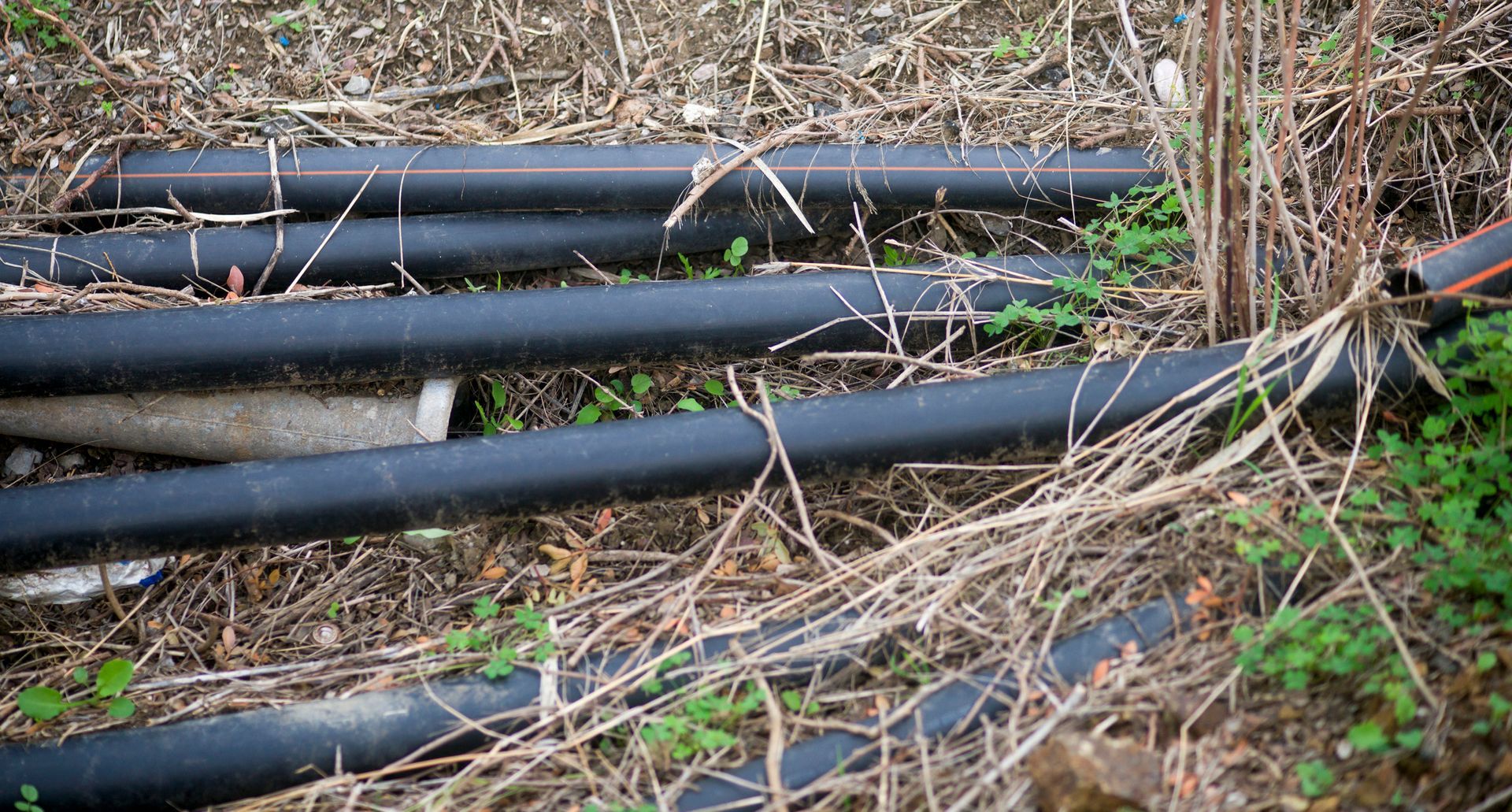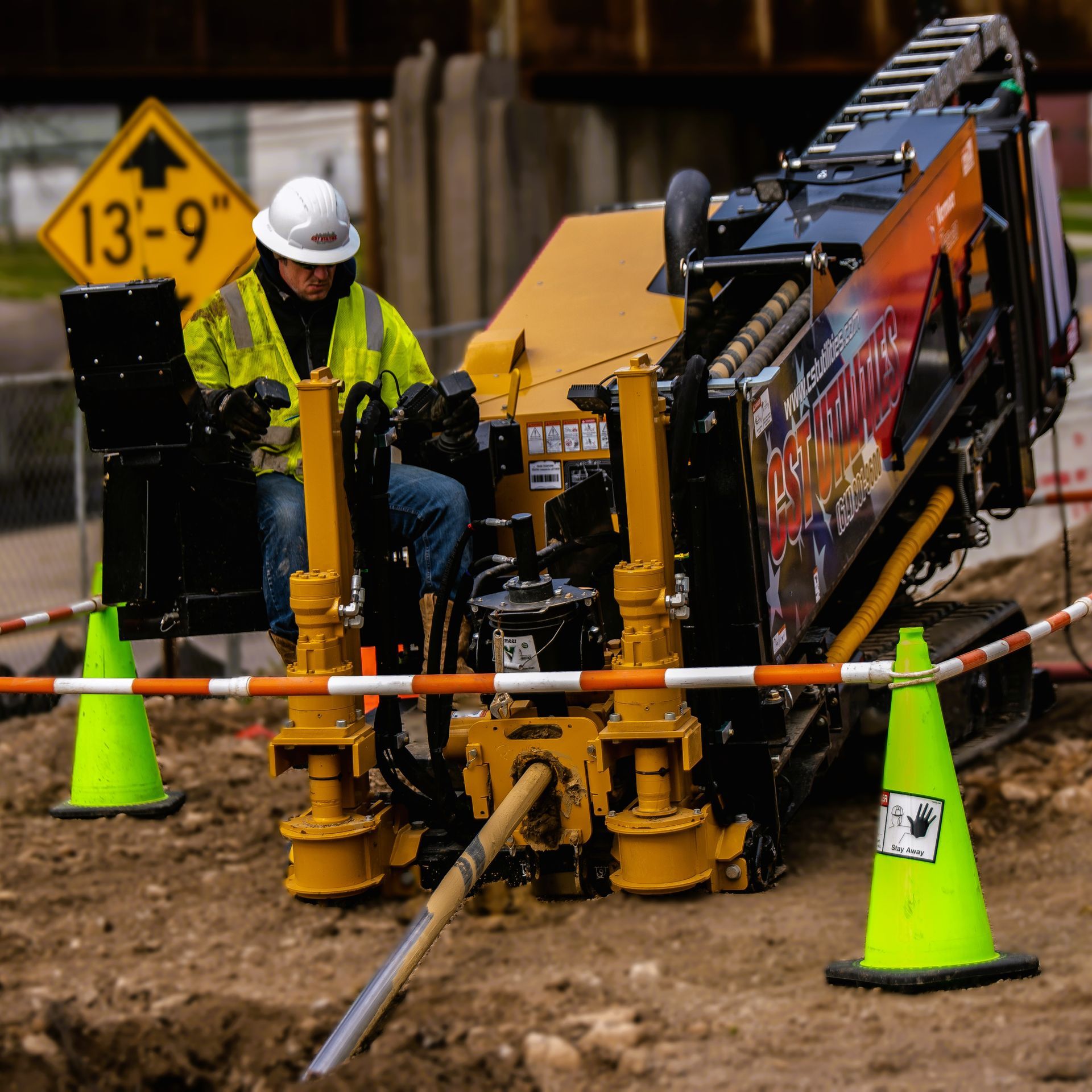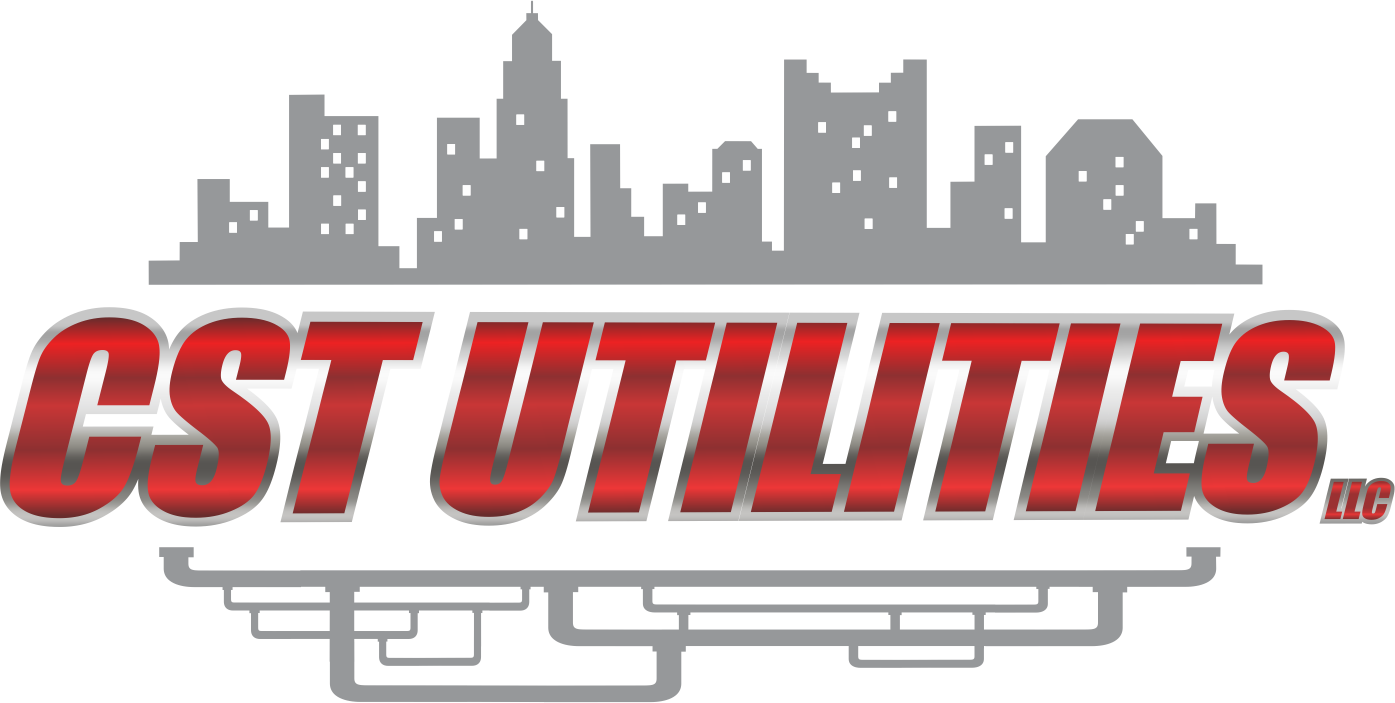The Dangers of Complacency in the Workplace: Why Staying Comfortable Can Cost You
What Does Workplace Complacency Look Like?
Complacency doesn’t usually wave a red flag. It’s subtle. You might hear it in phrases like:
- “That’s how we’ve always done it.”
- “If it’s not broken, don’t fix it.”
- “Let’s wait and see.”
It shows up when teams stop pushing boundaries, stop questioning the status quo, or stop looking for ways to improve. It’s when performance plateaus, innovation slows, and curiosity fades.
Sometimes it’s unintentional—people are busy, understaffed, or simply worn out. Other times, it’s a side effect of success. Ironically, reaching a high point can cause teams to stop striving.
Why Complacency Is Risky
Missed Opportunities for Growth
When teams are complacent, they often overlook new trends, technologies, or customer expectations. That leaves the door wide open for competitors to move in and seize opportunities.
Decline in Employee Engagement
A complacent environment can feel stagnant, and that affects morale. Talented employees thrive on challenge and purpose. Without it, motivation drops—and retention can become an issue.
Loss of Competitive Edge
In fast-moving industries, staying still is the same as falling behind. If you’re not actively evolving, your brand, product, or service may lose relevance before you realize it.
Increased Risk of Mistakes
When people are on autopilot, they’re less likely to spot potential issues or double-check their work. Complacency can lead to lapses in quality or overlooked problems that become costly down the line.
What Can You Do About It? The good news?
Complacency is preventable—and reversible. Here’s how to keep your team sharp, motivated, and moving forward:
Foster a Culture of Curiosity
Encourage people to ask questions, challenge processes, and bring new ideas to the table. Make it safe (and expected) to explore “what if” scenarios.
Celebrate Progress, Not Just Outcomes
Recognize efforts to innovate or improve—even if the end result isn’t perfect. Progress builds momentum and keeps teams focused on forward motion.
Keep Communication Open and Honest
Leaders should regularly check in with their teams, ask for feedback, and be transparent about goals, challenges, and expectations.
Invest in Ongoing Learning
Provide opportunities for professional growth, whether through training, mentorship, or stretch projects. When people are learning, they’re less likely to grow stagnant.
Set Short- and Long-Term Goals
Give your team something to work toward. Short-term wins keep energy high, while long-term vision keeps everyone aligned and motivated.
Final Thoughts
Complacency doesn’t show up all at once. It sneaks in through routine and comfort. But with the right mindset and leadership approach, you can spot it early and course-correct before it becomes a problem.
At the end of the day, the businesses that thrive aren’t necessarily the biggest or the flashiest—they’re the ones that keep learning, keep evolving, and stay just uncomfortable enough to keep growing.











